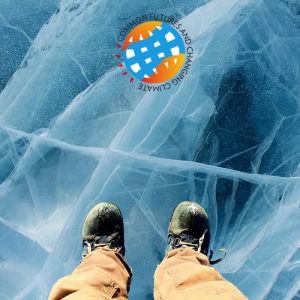Rare Super Blue Blood Moon Visible on January 31st 2018
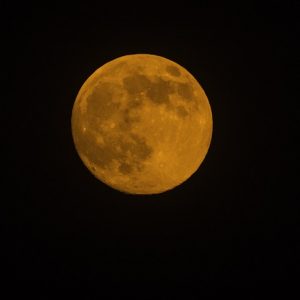

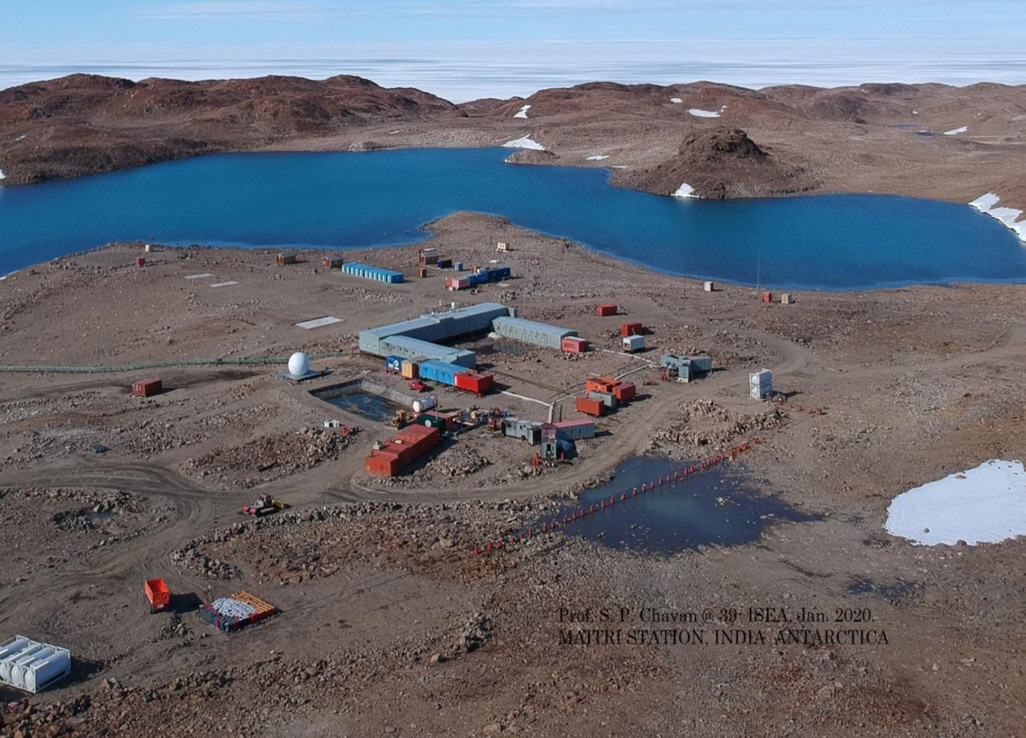
India is set to embark on a new chapter in its Polar exploration journey with the construction of Maitri II. The Indian government plans to establish a new research station near the existing Maitri ba...
.png )
The Deep Ocean Mission (DOM), approved by the Government of India in 2021 under the Ministry of Earth Sciences (MoES), represents a strategic step in realizing Sustainable Development Goal 14 (SDG 14:...
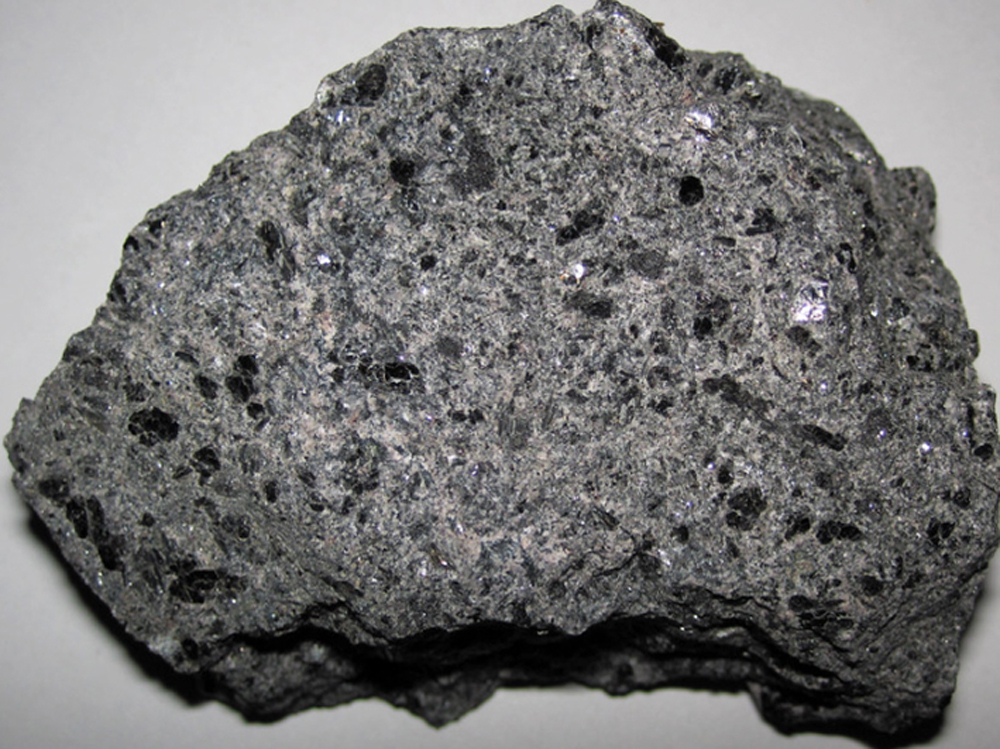
China recently announced restrictions on the export of seven rare earth elements (REEs), soon after US President Donald Trump decided to impose tariffs. As the world's dominant supplier—responsible fo...
<p>A lunar eclipse occurs when the Sun, the Earth and the moon are aligned in a straight path where the Earth is positioned between the Sun and the moon such that the Earth blocks sunlight for the moo...
<p>No two ecosystems in locations around Earth can be said to have the exact assortment of species forming habitats in them. However, terrestrial ecosystems and biological communities of organisms can...
<p>However, in the 1990s an international team supposedly discovered microbes in the accretion ice just above the lake that could derive energy from minerals in the lake and in the surrounding rocks.<...
<p>Covering a total area of about 10,000 sq km, Lake Vostok in Antarctica is one of the largest sub-glacial lakes in the world. Lake Vostok in Antarctica is buried under greater than about 3.7 km of i...
<p>A lunar eclipse occurs when the Sun, the Earth and the moon are aligned in a straight path where the Earth is positioned between the Sun and the moon such that the Earth blocks sunlight for the moon.</p>

<p>No two ecosystems in locations around Earth can be said to have the exact assortment of species forming habitats in them. However, terrestrial ecosystems and biological communities of organisms can be classified into categories on the basis of climatic features and the predominant plant forms appearing in these locations. </p>
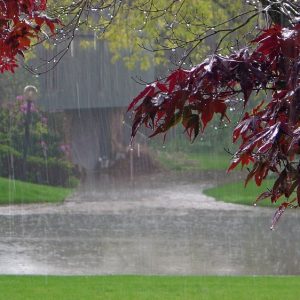
<p>However, in the 1990s an international team supposedly discovered microbes in the accretion ice just above the lake that could derive energy from minerals in the lake and in the surrounding rocks.</p>
